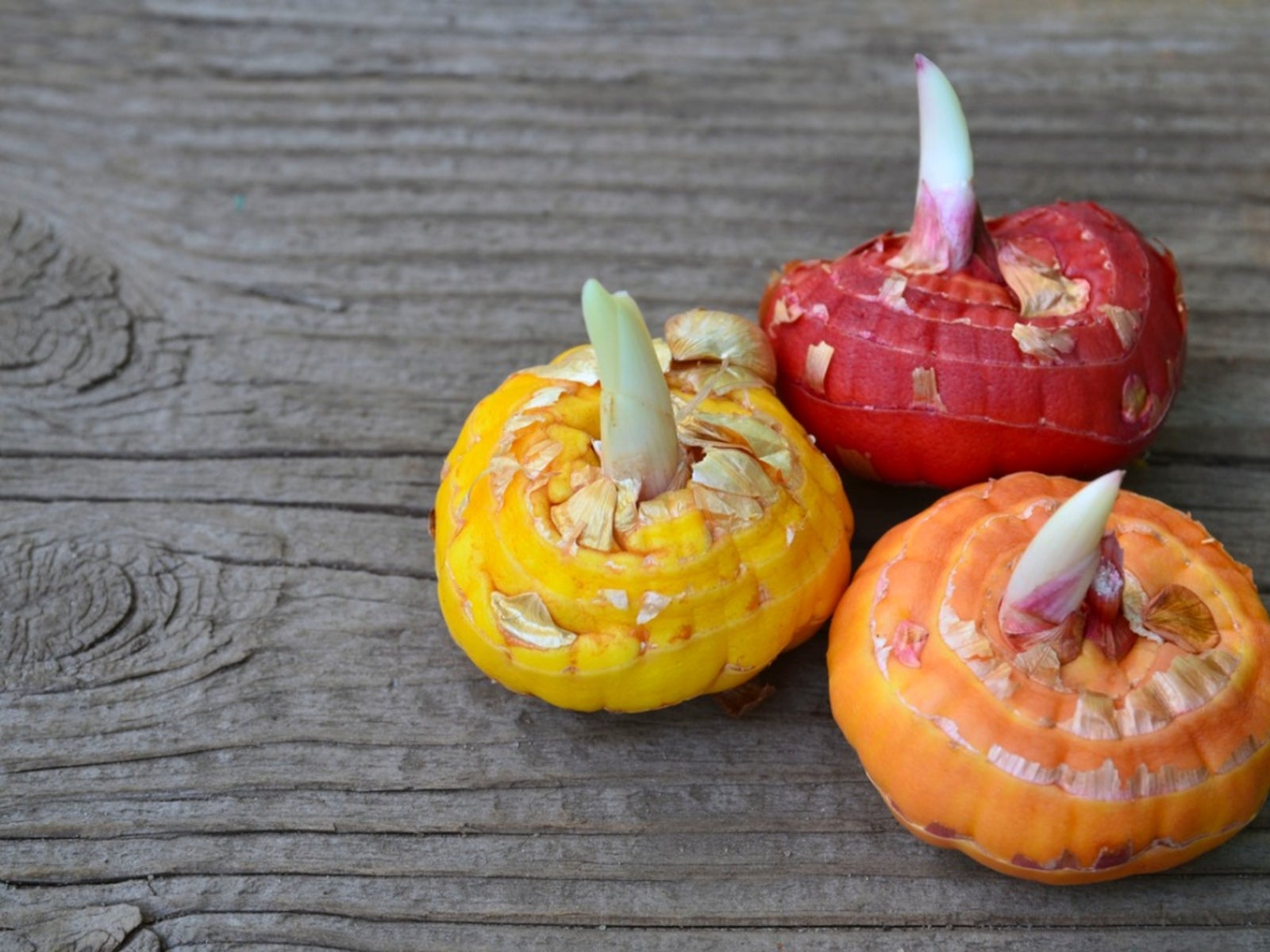Propagating Gladiolus Corms And Gladiolus Seed Germination

Like many perennial plants, gladiolus grows from a large bulb each year, then dies back and regrows the following year. This “bulb” is known as a corm, and the plant grows a new one right on top of the old one each year. Some of the more spectacular gladiolus flower bulbs can be expensive, but once you know how to propagate gladiolus, you can create an endless supply of copies for free.
Gladiolus Propagation Methods
There are two gladiolus propagation methods: germinating seeds and growing new plants from divided corms. The method you choose depends on how many flowers you want to grow and how much time you're willing to invest. If you want to grow a great number of gladiolus plants and don't mind spending a few years doing it, gladiolus seed germination is the way to go. Leave the flowers on the stem for about six weeks after they die off. You'll find a hard casing that is filled with seeds. Sprout these seeds into miniature plants and you'll have full-sized gladiolus in about three years. For quicker results with fewer plants, try propagating gladiolus corms. Dig the corms up at the end of summer for storage. Each corm will have a number of baby corms, known as cormels or cormlets, attached to the bottom. When you remove these cormlets and plant them separately, they'll grow to flowering size in a couple of years.
How to Propagate Gladiolus Plants
Plant the seeds about six weeks before the last frost in the spring. Plant one seed in each 4-inch (10 cm.) pot filled with potting soil. Cover the seed with a dusting of soil, water it well, and cover it in plastic. Remove the plastic when the seed sprouts and put the pot in a sunny spot. Grow the plant outdoors in the pot for the first year, then dig up the corm and store it. Plant the small corm outdoors for the next two years in a row. By that time, it will be large enough to produce a flowering spike. Dividing gladiolus bulbs for planting starts in the fall. Dig up each corm and remove the small cormlets from the bottom. Store them over the winter and plant them in the spring. The cormlets will grow into a plant, but won't produce a flower this first year. Dig them up for storage at the end of the season, then replant them again the next year to produce flowers.
Sign up for the Gardening Know How newsletter today and receive a free copy of our e-book "How to Grow Delicious Tomatoes".